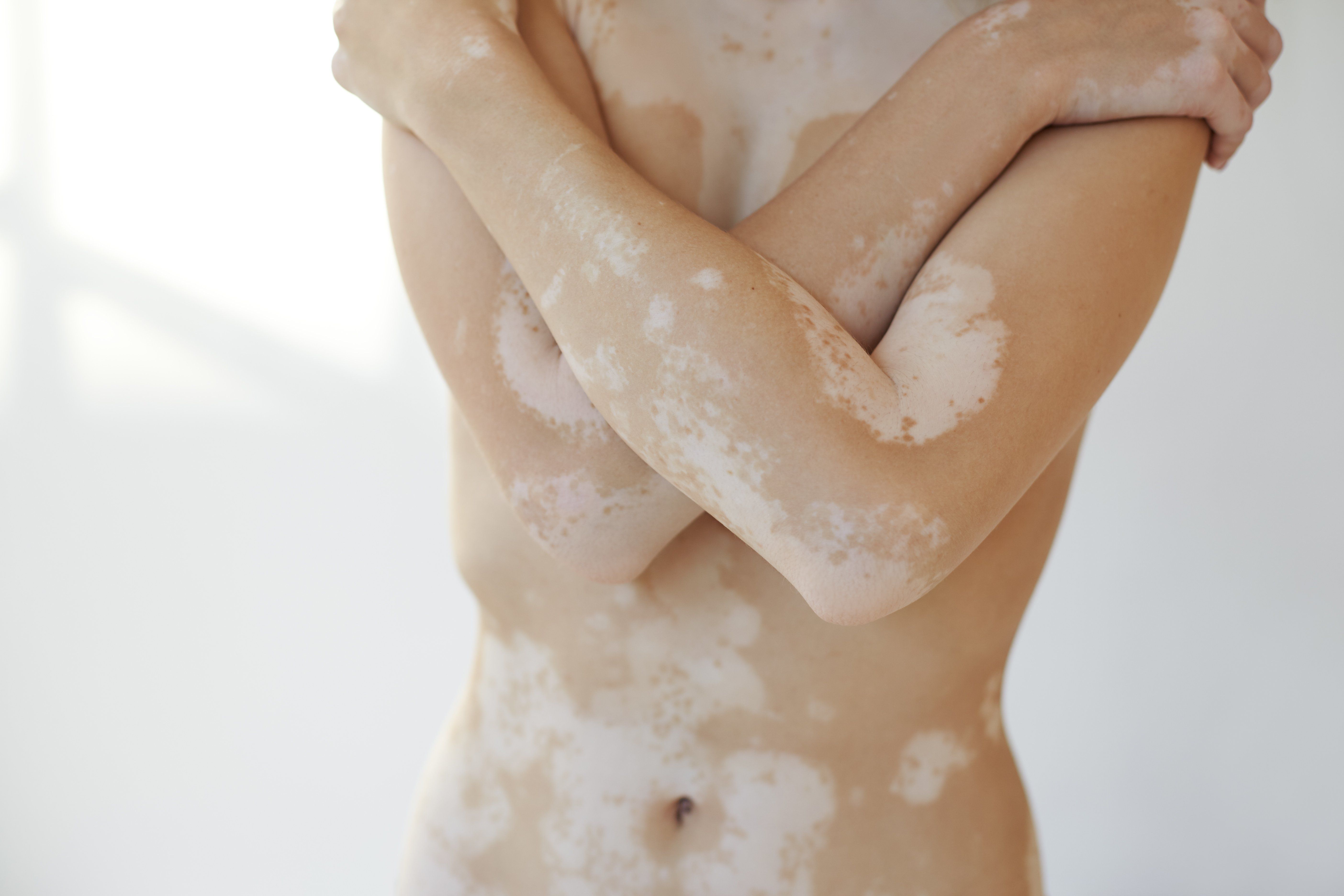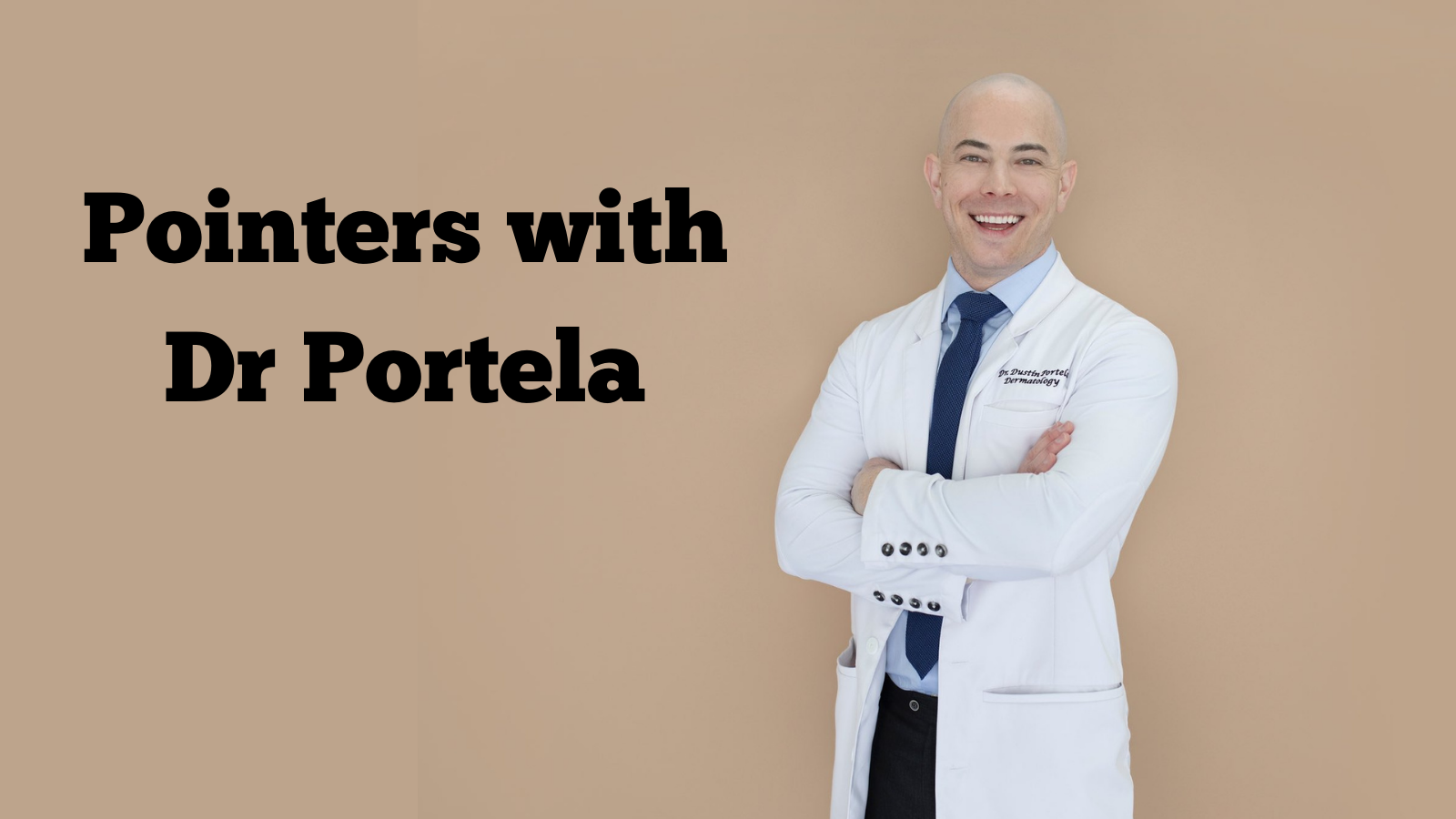- Acne
- Actinic Keratosis
- Aesthetics
- Alopecia
- Atopic Dermatitis
- Buy-and-Bill
- COVID-19
- Case-Based Roundtable
- Chronic Hand Eczema
- Chronic Spontaneous Urticaria
- Drug Watch
- Eczema
- General Dermatology
- Hidradenitis Suppurativa
- Melasma
- NP and PA
- Pediatric Dermatology
- Pigmentary Disorders
- Practice Management
- Precision Medicine and Biologics
- Prurigo Nodularis
- Psoriasis
- Psoriatic Arthritis
- Rare Disease
- Rosacea
- Skin Cancer
- Vitiligo
- Wound Care
Article
Vitiligo treatment difficult, not impossible
Author(s):
Newer and emerging modalities are addressing the need for better therapeutic options for vitiligo, but there remains a broader need for dermatologists to understand the existing, useful therapies for this disfiguring, but undertreated autoimmune condition.
“Vitiligo affects an estimated 1% to 2% of the population, which is similar to the prevalence of psoriasis, and yet it historically has received relatively little attention," says dermatologist Victor Huang, M.D. (shurkin son - stock.adobe.com)

Newer and emerging modalities are addressing the need for better therapeutic options for vitiligo, but there remains a broader need for dermatologists to understand the existing, useful therapies for this disfiguring, but undertreated autoimmune condition.
“Vitiligo affects an estimated 1% to 2% of the population, which is similar to the prevalence of psoriasis, and yet it historically has received relatively little attention. Consequently, it seems that too often, dermatologists in practice advise patients with vitiligo that they have a challenging condition for which there are no treatments,” says Victor Huang, M.D., assistant professor of dermatology, UC Davis Medical Center, Sacramento, Calif.
RELATED: Read a basic primer on vitiligo from Dr. Ronald Wheeland
“Good treatment is available that can stabilize vitiligo and repigment the skin for many patients. Dermatologists should also be aware that targeted treatments for vitiligo are being developed based on understanding the cellular and molecular aspects of disease pathophysiology. These investigations hold exciting promise for providing interventions that can achieve repigmentation even in patients who did not respond to conventional approaches.”
Dr. Huang and Andrea Tovar, M.D., private practice, Uniq Dermatology, Monterrey, Mexico, discussed medical and surgical treatments for vitiligo at the 2019 American Academy of Dermatology (AAS) Summer Meeting.
STANDARDS OF CARE
Phototherapy offers an effective treatment for vitiligo that can be used alone but is also a valuable adjunct to medical and surgical therapies.
“Phototherapy is a pillar of treatment for vitiligo that actually dates back to ancient Egyptian times as medical papyri describe combining ingestion of psoralen-containing botanicals with sun exposure resulting in skin blistering,” Dr. Huang says.
“Now, however, it is recognized that narrowband UVB phototherapy is preferable to UVA-based phototherapy because it is better tolerated, has a more durable efficacy and results in better color match.”
Topical treatment with either class I corticosteroids or calcineurin inhibitors, particularly tacrolimus 0.1%, are also mainstays for treating vitiligo. Oral corticosteroid treatment using a minipulse regimen can be helpful for limiting rapidly progressing disease. The latter treatment may involve administration of dexamethasone on consecutive weekend days only followed by five days off.
TARGETED THERAPIES
Janus kinase (JAK) inhibitors, including oral and topical products, are now being investigated as a treatment for vitiligo. These agents interfere with interferon-γ signaling that is central in the pathogenesis of vitiligo.
RELATED: JAK inhibitors offer hope for vitiligo patients
Within the JAK inhibitor category, topical ruxolitinib (Jakafi, Incyte) is furthest along in the developmental pipeline. Results from a 6-month interim analysis of data collected in a randomized, vehicle-controlled phase 2 study were reported in June, 2019 and were very promising, Dr. Huang says.
A larger phase 3 study with ruxolitinib is being planned, and other JAK inhibitors being investigated as treatment for vitiligo that are in phase 2 studies include topical ATI-50002 (Aclaris) and oral PF-06651600 and PF-06700841 (Pfizer).
In research led by John Harris, M.D., Ph.D., director of the Vitiligo Clinic and Research Center, University of Massachusetts Medical School, Worcester, MA, antibody blockade of interleukin-15 (IL-15) signaling has demonstrated efficacy as a treatment for vitiligo in animal studies, and a clinical trial is being planned. Dr. Huang said this approach is particularly exciting because it targets the skin resident T cells that are thought to be responsible for the disease and the return of skin lesions after discontinuing conventional treatments.
“Lesional T cells in animal models of vitiligo and affected patients have been shown to display a resident memory phenotype. IL-15 promotes persistence of these T cells, and treatment with an antibody that targets IL-15 signaling has been shown to cause durable repigmentation in mice with established vitiligo and deplete the resident memory T cells from the skin,” Dr. Huang explained.
SURGICAL OPTIONS
Surgical interventions involving tissue or cellular graft approaches offer an option for treating vitiligo patients with stable disease.
READ MORE: Breakthrough vitiligo treatment offers longer-lasting results
“Establishing disease stability is critical before offering surgical treatment for vitiligo to limit the likelihood for autoimmune destruction of the transplanted melanocytes,” Dr. Tovar says.
Patients are considered candidates for surgical intervention if they have not developed any new or expanding lesions within the past year. Confetti-like lesions, trichrome vitiligo, and Koebnerization are other indicators of unstable disease.
“To determine disease stability, it is useful to obtain photographic documentation in patients with vitiligo considering that a recent study showed that patient recall has poor reliability,” Dr. Tovar says.
“A minipunch test graft can be done if there is any doubt about disease stability. If after eight weeks, there is a halo of repigmentation that extends at least 1 mm beyond the original minipunch graft, patients can be considered candidates for surgical intervention.”
Conventionally, surgical therapy for vitiligo has involved tissue grafting techniques. Punch grafts and suction blister grafts are used most often in the United States. Split-thickness skin grafts offer another approach that is more commonly used abroad.
The choice between the tissue grafting techniques can depend on the area of vitiligo and physician surgical skills.
Punch grafting in which punch biopsies of 1 to 1.5 mm are taken from a donor site and transferred to the prepared recipient site is a technically simple technique that results in about 50% to 65% repigmentation after three months. Suction blister grafting can cover a larger area than punch grafting because the blisters used as donor tissue are larger (0.8 to 1 cm). It also aff ords better cosmesis at the donor site, and has been reported to result in 52% to 87% successful repigmentation.
Suction blister grafting is more technically complex and time-intensive than punch grafting because it involves separating the blister at the dermoepidermal junction to obtain the tissue for transplantation. However, a novel automated system designed for epidermal harvesting (Cellutome) can be a good option for dermatologists because it has a high graft viability, causes low patient discomfort, and is an easily operated device, Dr. Tovar says.
Melanocyte keratinocyte transplantation (MKTP), also known as non-cultured epidermal suspension (NCES), is a surgical technique that allows grafting larger vitiligo areas with less donor tissue. However, it is off ered at a limited number of centers.
Dr. Tovar is the only dermatologist performing MKTP in Latin America. Dr. Huang says that UC Davis is building the infrastructure for MKTP and expects it will be introduced later in 2019. As of August 2019, it was currently only available in the
United States at UT Southwestern Medical Center, Dallas, the University of Massachusetts, Worcester, Mass., and Henry Ford Hospital, Detroit.
The main benefit of MKTP is that it provides a very high recipient to donor ratio that enables treatment of much larger areas of vitiligo with less donor tissue, Dr. Tovar says.
“The recipient to donor ratio is just 1:1 with the tissue grafting techniques, whereas it is 1:5 or 1:10 with MKTP,” she explains.
In MKTP, donor tissue is obtained with either a split-thickness graft or suction blisters. The latter technique results in faster healing of the donor site with a more aesthetic scar and avoids the need for specialized personnel to separate the dermis from the epidermis in order to obtain the cellular suspension.
The suction blisters are incubated for a short time in a solution that enables separation of the epidermis. The blisters are placed into a test tube for centrifugation that creates a cellular pellet containing the melanocytes and keratinocytes. Next, the cellular suspension is transferred to the recipient site that has been prepared using either a carbon dioxide laser, dermabrasion, or erbium:YAG laser to the point of creating pinpoint bleeding.
“MKTP results in 70% to 90% successful repigmentation. A response can be seen as early as six weeks, but repigmentation can continue over the course of a year, and so I usually do not consider repeating MKTP for at least one year,” Dr. Tovar says.
“With all surgical procedures, additional treatment with NB-UVB phototherapy or excimer laser will result in better repigmentation.” Â
Disclosures:
Drs. Tovar and Huang report no relevant conflicts.
Newsletter
Like what you’re reading? Subscribe to Dermatology Times for weekly updates on therapies, innovations, and real-world practice tips.










